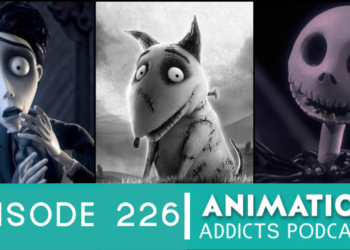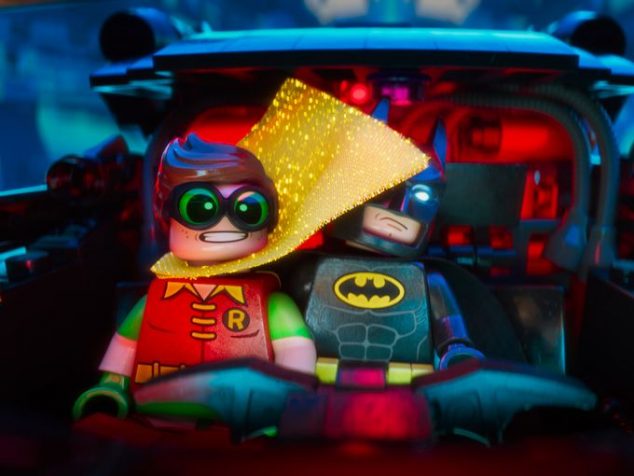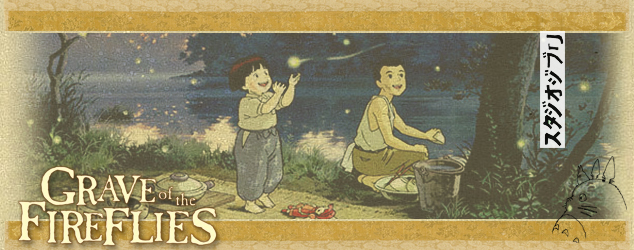
Next up is a movie that I am honestly surprised was ever created. In North America, there is an unfortunate notion that animated movies and animation is generally created for children. Yes, this idea is slowly changing (just take a look at last year’s Sausage Party), but this is still the prevailing notion. However, in Japan, this is not the case. Yes, there is definitely animation created for children and families, but there is still a substantial amount (I would say around half of anime produced) created for older audiences. Even with this in mind, watching an animated version of a boy’s story that chronicled his life with his sister during World War II, eventually leading to her death, is just surreal. And that is what this movie is: surreal. It’s bizarre, heartbreaking, harrowing, and oh so important. That is Grave of the Fireflies.
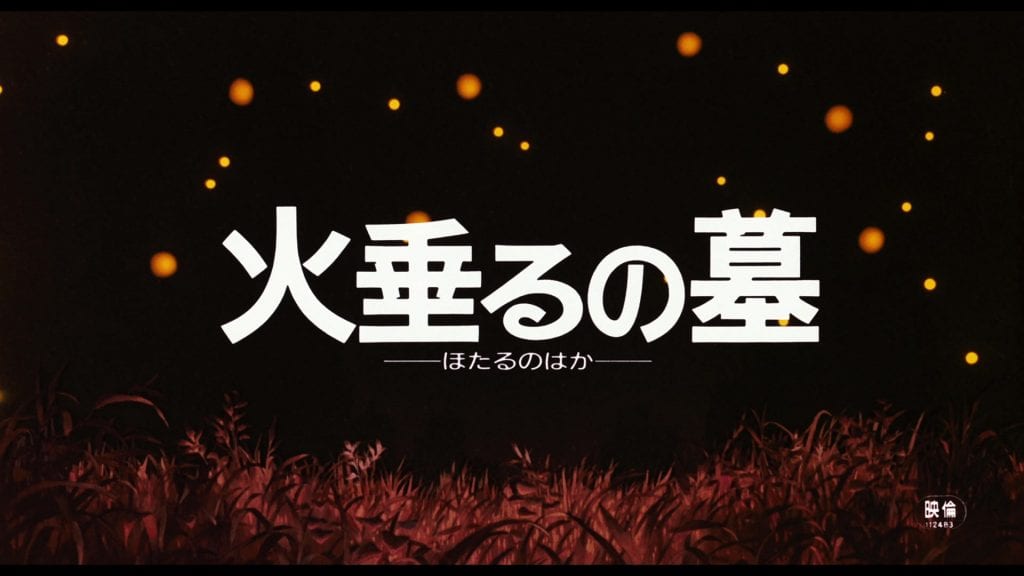
Grave of the Fireflies tells the story of a young boy, Seita, and his younger sister, Setsuko, trying to survive on their own in Kobe in 1945. After they lose their mom to bomb strikes from the Americans, Seita and Setsuko decide to move in with their aunt in an attempt to live a normal life. However, Seita and his aunt clash over food and money, and trying to save his pride, he takes his sister and leaves. But Seita learns that life on their own is not as easy as he thought and finds that food and money are scarce. Although his intentions are noble and the love he has for his sister is apparent, Seita can not do enough, and Setsuko eventually dies of malnutrition. Grief stricken and having nowhere else to turn, Seita eventually loses hope and also dies. The final scene is a haunting one, with the spirits of Seita and Setsuko on the top of a hill, surrounded by fireflies, looking at modern-day Kobe.
Really, it is not a spoiler to say that both Seita and Setsuko die, as Seita’s dead body is shown in the first scene of the movie, and there is a heavy, heavy theme of death in the air throughout the entirety of the film. However, it does not make it any less heartbreaking to see two young, innocent children, whom you have grown to love and adore throughout the 90-minute run time, die. Upon release in both Japan and North America, it was critically acclaimed and is often described as one of the saddest movies of all time. And I would agree with this statement. Honestly, I can’t watch it anymore.
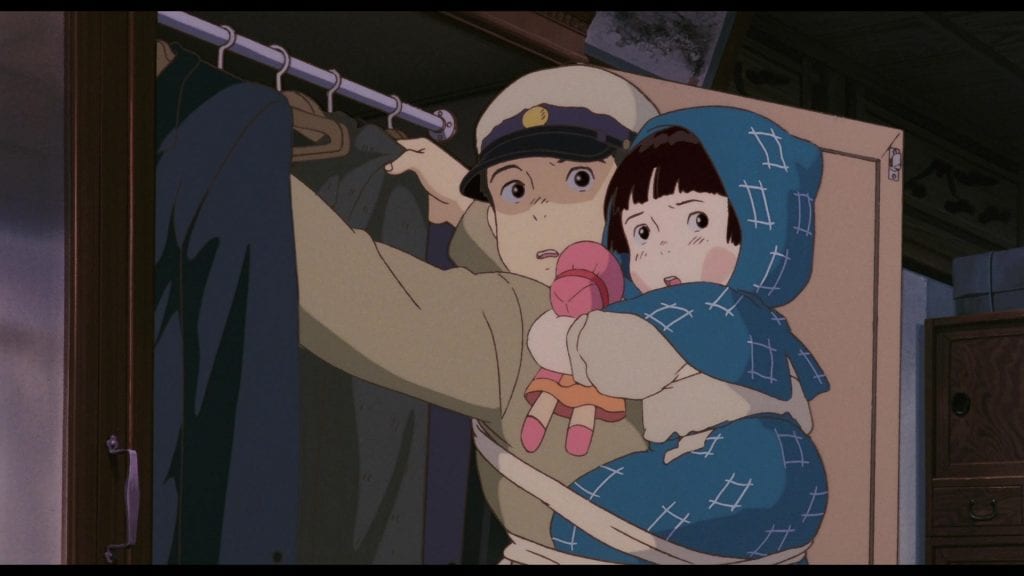
Currently, I have been living in Japan for 3 years and have been to both Hiroshima and Nagasaki, the two locations where Americans dropped the atomic bombs during World War II (Kobe, where this movie takes place, was not hit by an atomic bomb). I have been to the museums multiple times, seen the pictures of the dead families and kids, and read the diary entries of the kids who survived the initial attack, only to later die of diseases like cancer caused by the bomb or malnutrition. I have listened to a survivor of the A-Bombs tell my 6th grade students how he lost his family and friends and then stand up to show them the chemical burns on his body that he has had his entire life. War is awful, and it doesn’t care whether you are a good person or a child; this is something that Grave of the Fireflies portrays so brutally. As of writing this, it brings tears of my eyes to think not only of my own experiences learning about war and its consequences in Japan, but of this movie and its implications. It is truly heartbreaking.
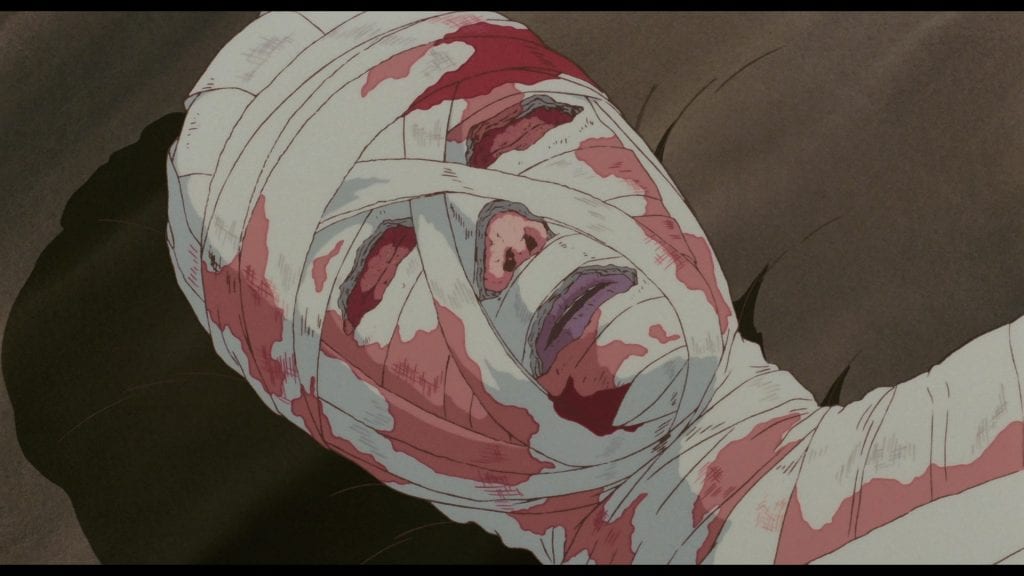
Isao Takahata, the director of this movie and one of the founding partners of Studio Ghibli, has been on record saying that he did not have the intention of creating an anti-war movie, and you know what, I believe him. Takahata’s intention was to show the reality of war and its aftermath to the current teen and young adult population of Japan, groups he thought were unappreciative of what older generations of Japanese people had given up so they could live their lives. He wanted to show how easy their lives are now and how it could have been so much worse if they were born in a different time. In this aspect, I definitely believe he succeeded as Grave of the Fireflies (known as 火垂るの墓 / Hotaru no haka in Japan) is known quite well by most people in Japan and still incredibly relevant to both Japan and the world today. However, I also think that, even if he did it unintentionally, Takahata created a very powerful anti-war film for the rest of the world to see and consider. For those of us who are not Japanese and do not deal with the pressures of Japanese society, we can only take the film on face value. All we see is two children, who have done nothing wrong, being killed by the horrors of war. If this doesn’t show the dire consequences of what war can do, I don’t know what could.
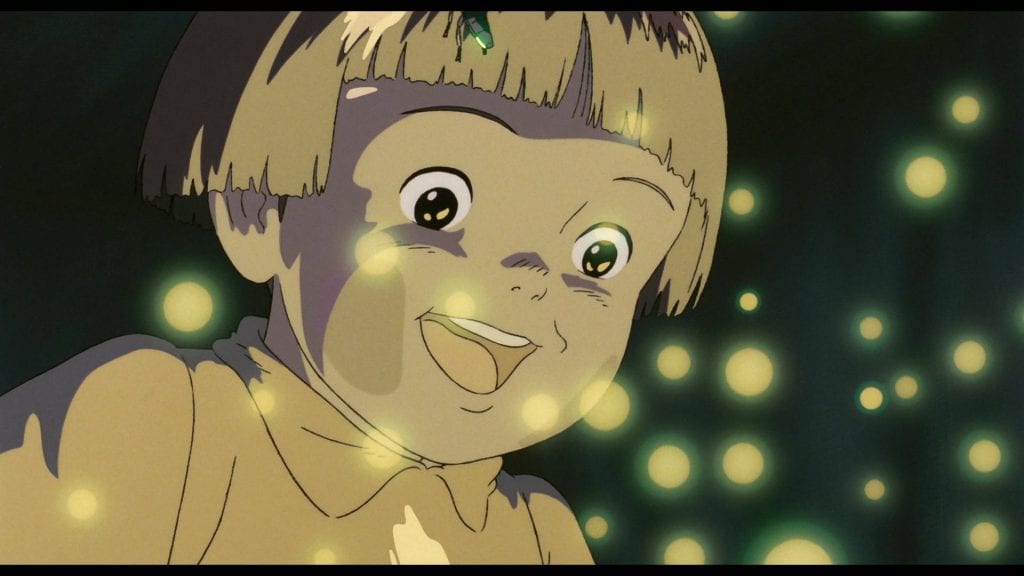
Being a Studio Ghibli film, the presentation of this film is fantastic. Animation is crisp and sharp, with beautiful scenes (any scene with fireflies especially) standing out just as much as the disturbing ones. The score for Grave of the Fireflies is not as memorable as other Ghibli films, but it suits the movie nicely, creating a melancholic atmosphere that perfectly fits with the story. Many people often wonder why Grave of the Fireflies was animated, when it could have been done in live-action. I always thought the answer was obvious. At the point in time this movie was created, animated movies had never tackled stories with subject matter such as this. Usually, animated movies were bright, cheerful, and ended on a higher, more positive note. This is not the case with Grave of the Fireflies. The clash between reality and expectation is great and creates a memorable film.
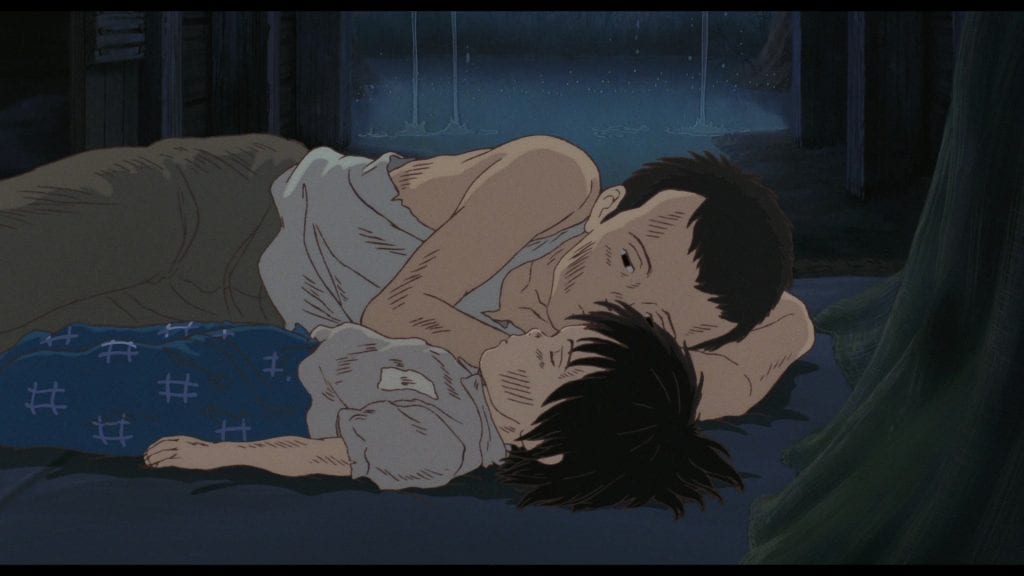
For those who didn’t know, Grave of the Fireflies was based on true events, shared in a novel by the ‘real Seita’, Akiyuki Nosaka. According to Nosaka, the story he told was created as an apology to his sister, whom he believed he had failed. But, honestly, this is not how I see it. Seita and Setsuko loved each other dearly and clung on to everything they had as hard as they could. Even when life was hard, they tried to enjoy some of the beauty that was left in the world. No, Nosaka/Seita did not fail their sisters, it was the world that failed them. A world that cares more about money and power than it does about the Seitas and Setsukos within them. Grave of the Fireflies is an important film as it shows how easily war can crush even the most pure-hearted, undeserved people, and it’s something we should not forget. It has been almost 30 years since this movie was released and yet, it is still relevant to what is happening in the world today. Maybe that is the most horrific thing of all.
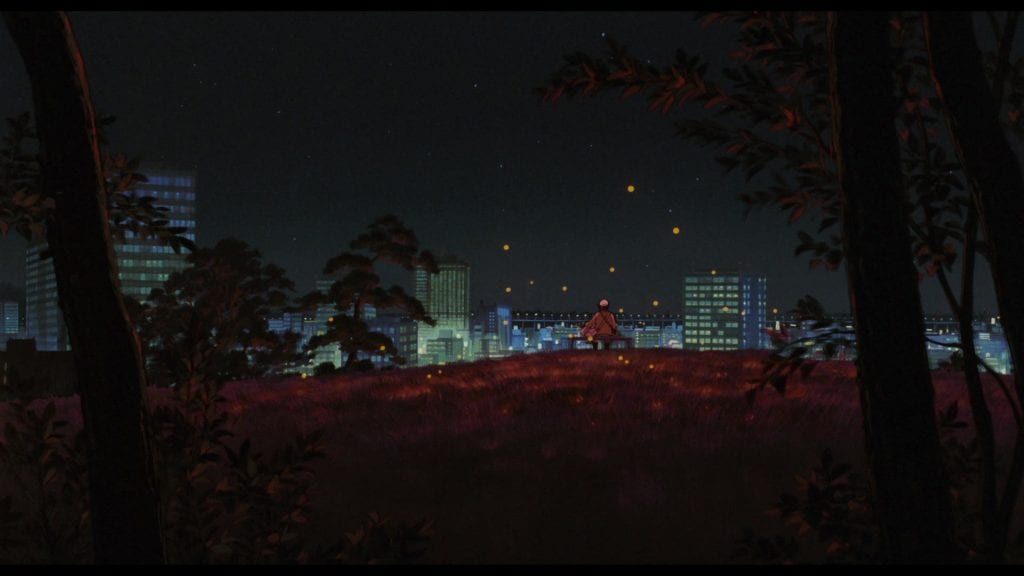
Edited by: Kelly Conley



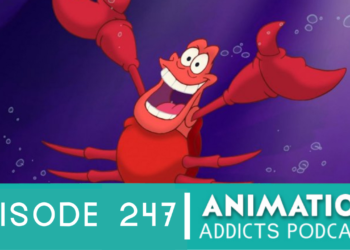
![[OPINION] 10 Heartwarming Animated Adverts to Watch This Holiday Season](https://www.rotoscopers.com/wp-content/uploads/2021/12/Picture61-350x250.jpg)
